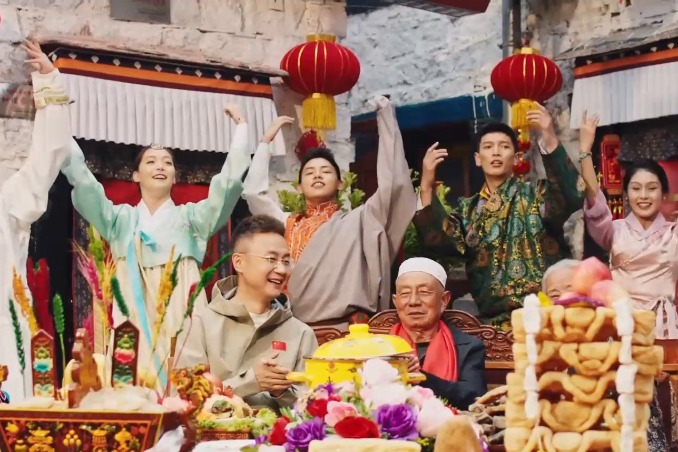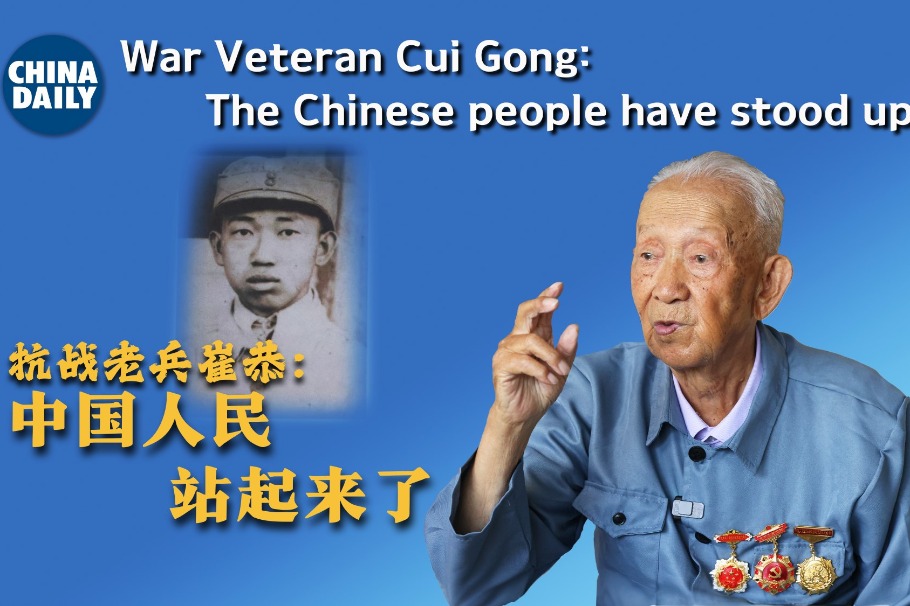Peking Opera shows its true colors
New book reveals the intricacies of costume design and how they embody status and character, Yang Yang reports.

More than 200 years ago, an opera troupe from what is now Anhui province journeyed to Beijing, the capital city, to commemorate Emperor Qianlong's birthday during the Qing Dynasty (1644-1911). This historical event led to the birth of Peking Opera.
Based on the attire of the Ming (1368-1644) and Qing dynasties, the costumes of Peking Opera underwent a transformation spanning over 200 years. Enriched by the diverse cultural influences from different regions across the country, these costumes evolved into a sophisticated set of elaborate, detailed and majestic dress codes.
Costumes are crucial to the artistic beauty of Peking Opera, supporting character portrayals and enhancing the performance's expressiveness.
Upon a performer's entrance onto the stage, seasoned spectators can quickly discern the character portrayed based on the attire and makeup. When several performers appear, it is also easy to tell the strata they belong to in the social hierarchy, especially in the stories set in ancient China, in Tang (618-907) and Song (960-1279) dynasties, for example.
"Traditionally, Peking Opera repertoire includes 3,000 stories set in Tang and 800 set in Song, as well as numerous in eras such as the Warring States Period (475-221 BC), Ming and Qing. The presentation of so many stories relies solely on costumes packed in the limited costume trunks owned by a troupe," said author Liu Fei at the recent book launch ceremony of Huafu Nichang (Gorgeous Attire and Iridescent Clothing: On Peking Opera Costumes) in Beijing.
Profound portrayal
The new book is a collaboration between Liu, a 45-year-old veteran collector of Peking Opera costumes and props, and 81-year-old Liu Lianlun, who initially began his career as a Peking Opera actor focusing on clown roles.
Over four decades, Liu Lianlun has worked at television stations including China Central Television, making programs and documentaries about Peking Opera. One of the programs he made at CCTV focused on offstage stories, costumes and props included, which was quite popular.
Based on his decades of accumulation, he decided to write a book about Peking Opera costumes and invited Liu Fei to join him.
An ICU doctor from Peking University Third Hospital, Liu Fei has been a fan of Peking Opera for many years.
When he went backstage accidentally, he was immediately fascinated by the strict rules of costumes and their orderly management, so he decided to learn the management of Peking Opera costume trunks and dressing skills from experts at the Jingju Theater Company of Beijing.
"But how to use words and pictures to present the traditional rules about the managing system and making of Peking Opera costumes, which have been passed down orally among professionals over more than 200 years?" he asks, introducing the origin of the book.
Other questions he needed to answer were how to present Chinese culture embodied in Peking Opera costumes and how to introduce the profound, seemingly tedious, and distant knowledge to the public in a novel and accessible way.
In the end, a 340-page encyclopedic book about Peking Opera costumes materialized, containing more than 500 high-definition photos and pictures to showcase the characteristics of different kinds of attire, which vividly and profoundly display traditional cultural genes.
"The book not only documents the system of Peking Opera costumes, but also links the costumes to their respective roles and stories, uncovering the ritual culture embedded within them," says Liu Zuyan, editor-in-chief of the book's publisher, Jingban Beijing Education Culture Media.
Beneath the splendid appearance of Peking Opera costumes lies a heritage of ritual propriety. Whether in the use of colors or the choice of styles, these costumes follow the norms of traditional cultural rituals, as pointed out in the preface of the book.
For example, Chinese ancient philosophers regarded metal, wood, water, fire and earth as the five elements of nature, which interact with each other through two main types of relationships — mutual generation and mutual restraint — and construct the operating principles of the natural world and human society.
This philosophical thought prevailed in the Qin (221-206 BC) and Han (206 BC-AD 220) dynasties, when ancient people assigned each element its own specific color. That is, correspondingly white, cyan, black, red and yellow.
The five colors have been used in the dragon robes of Peking Opera that are worn by the highest roles, indicating the social statuses of different wearers. The patterns on dragon robes, such as motifs and sea-and-mountain designs, serve as another indicator of a person's status.
Yellow costumes with dragon motifs can only be worn by royal family roles.
But it is often seen in performances that emperors wear red — or apricot-colored dragon robes because, in the Qing Dynasty, it was an extremely serious offense for common people to wear anything yellow, so opera performers, regarded as people of the lowest social rank, had to use red and apricot instead, Liu Fei says.
Cultural significance
The dragon motifs on the costumes for male roles also vary according to the personalities of emperors or princes. For painted-face male characters who have a distinctive personality and perform with exaggerated movements, soaring dragons are stitched on their costumes.
In comparison, for male roles whose faces are not painted and more often than not are scholarly, graceful, upright and honest, the dragons on their robes are usually coiled.
Apart from the major five colors — now usually red, yellow, green, white and black, there are five minor colors — blue, violet, olive-yellow, pink and moonlight white. The major colors are usually worn by roles whose rank, status and level of loyalty are generally higher than those wearing the minor colors.
"Pink is not often worn by male roles. But if you see some male characters wear pink, you should be alert. The man must be a lecher," explains Liu Fei, smiling.
In the preface of the book, Liu Zuyan writes: "In terms of the colors and patterns... every detail is imbued with deep cultural significance."
These designs symbolize Chinese civilization and culture, carrying historical and cultural narratives spanning 5,000 years. The strict rules governing their use reflect evaluations of historical figures and embody core Chinese values like benevolence, righteousness, propriety, wisdom and trustworthiness, she writes.
"The book paints lively historical scenes and facilitates a dialogue across time, allowing us to closely experience the profound depth of Chinese costume culture," she says.

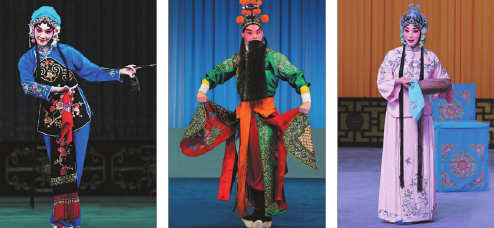
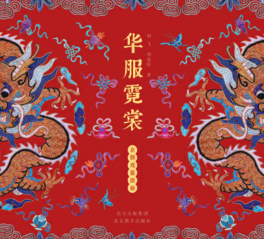
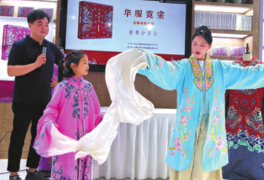
Today's Top News
- Israel's Gaza takeover plan widely condemned
- S. Korea visa waiver spurs surge in travel interest
- Top cities signal easing to support property market
- Ties bolster heritage protection
- Gaza 'takeover' will ignite another horrific chapter for the Middle East: China Daily editorial
- STAR shines for innovative companies


















